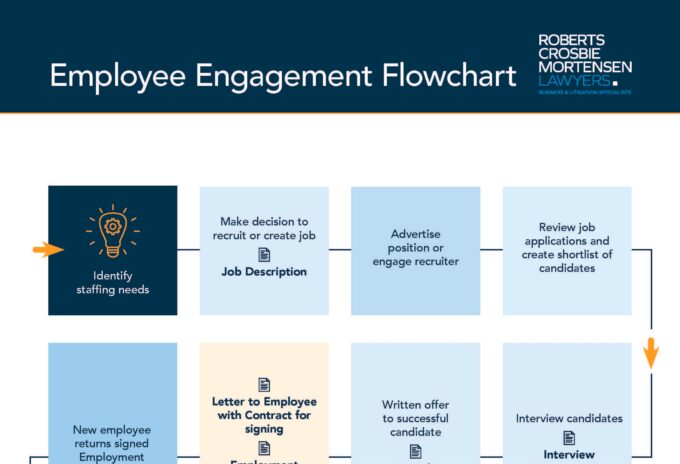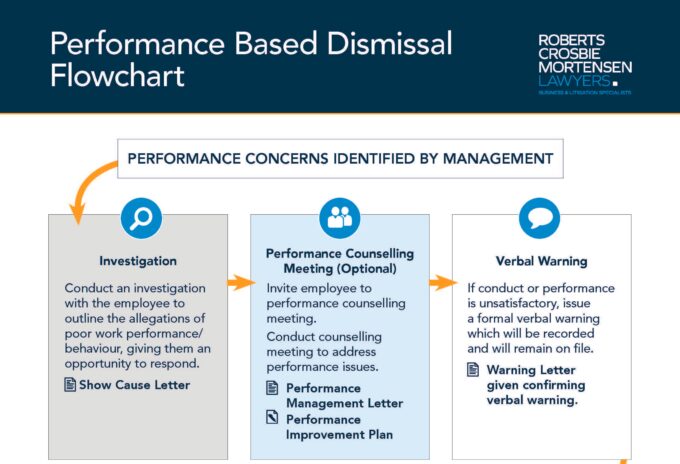Reduce your legal spend and empower your business to manage employment issues quickly and with confidence.
Our Fixed Fee Employer Legal Documents Solutions are simple and cost effective, and provide an easy-to-use solution for businesses of any size.
With 3 tiers of inclusions tailored to suit Small Businesses, SMEs or Enterprises our Fixed Fee Solutions include over 45 expertly crafted legal documents designed to help employers execute the essential steps outlined in our 5 Best Practice Flowcharts.
Speak to one of our experienced Employment Lawyers today to discuss the customised solution that is right for your business.




















